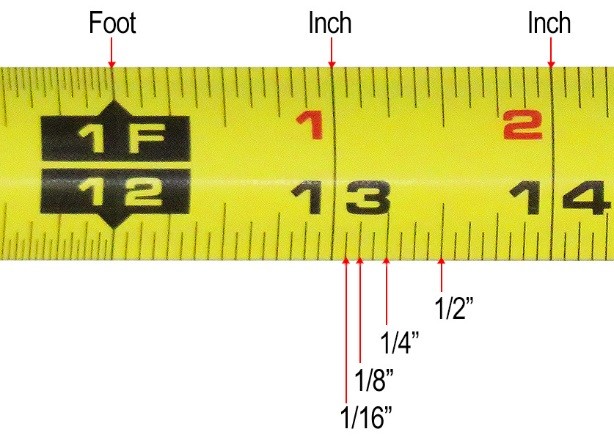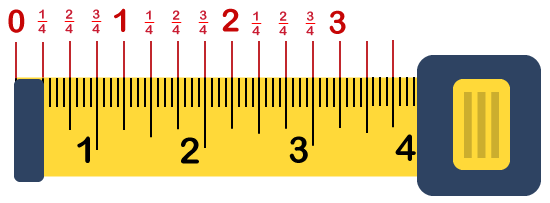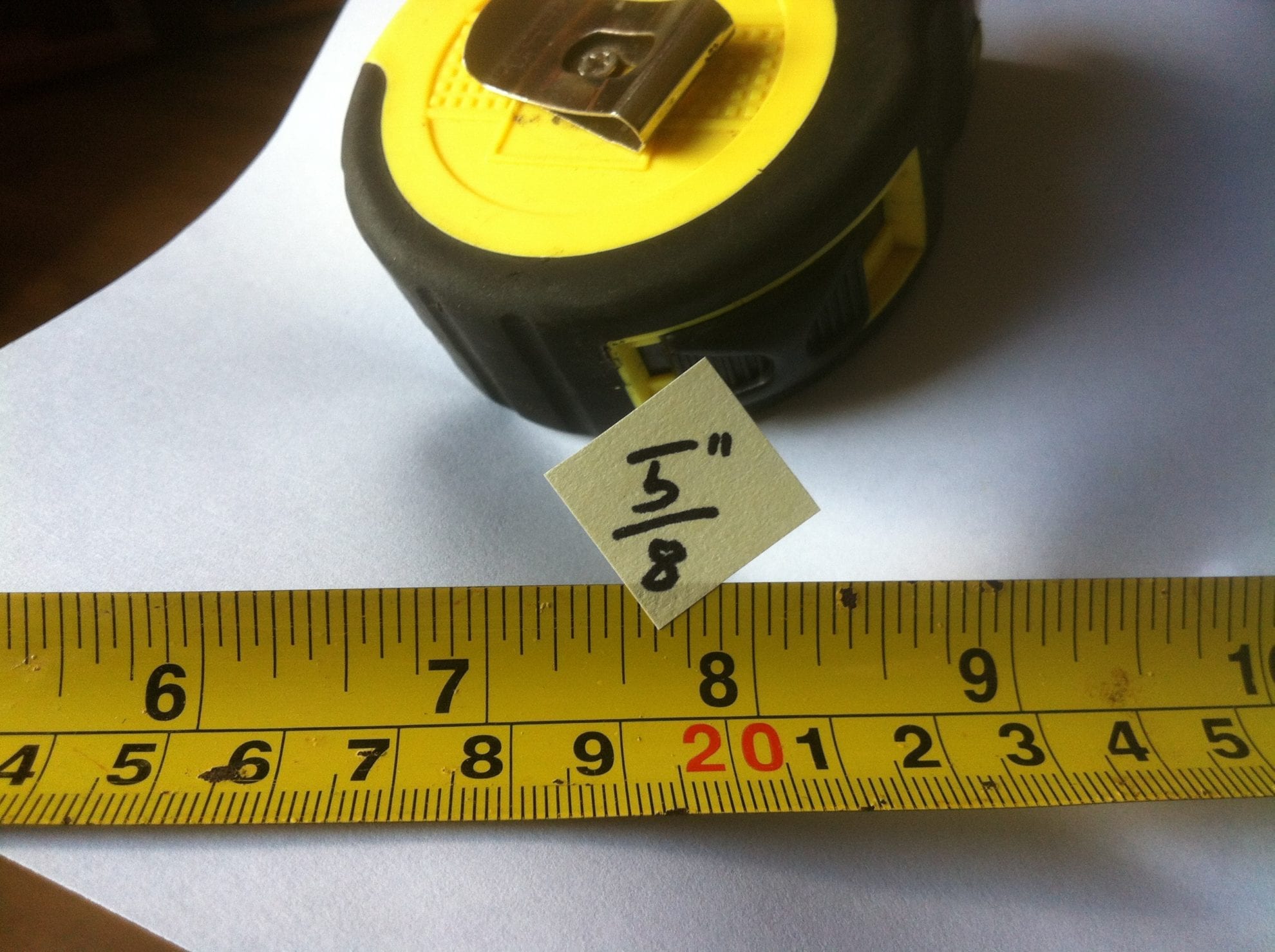The message above references the PKG_CONFIG_PATH surroundings variable. This variable is used to augment pkg-config's search path. On a typical Unix system, it'll search within the directories /usr/lib/pkgconfig and /usr/share/pkgconfig. However, some native modules may be put in in a unique prefix similar to /usr/local. In that case, it is necessary to prepend the search path so that pkg-config can locate the .laptop information. Cc program.c 'pkg-config --cflags --libs gnomeui'pkg-config retrieves details about packages from special metadata files. These files are named after the bundle, with the extension .pc. If a library can set up a number of variations simultaneously, it must give each model its personal name (for instance, GTK 1.2 might need the bundle name "gtk+" whereas GTK 2.0 has "gtk+-2.zero"). The third linkage mode is "runtime" which allows the user to specify which PLUMED kernel ought to be used at runtime by utilizing the PLUMED_KERNEL environment variable. This variable ought to level to the location of the libplumedKernel.so dynamical shared object, which is then loaded at runtime. All three linkage modes are supported by LAMMPS on chosen working methods (e.g. Linux) and utilizing both CMake or traditional make construct. The "static" mode should be the most transportable, whereas the "runtime" mode assist in LAMMPS makes probably the most assumptions about operating system and compiler environment. If one mode does not work, strive a special one, change to a special build system, think about a worldwide PLUMED installation or contemplate downloading PLUMED through the LAMMPS build. Recently I've run into an odd scenario with establishing libraries after installation with pkg-config. Noteably that it doesn't embrace /usr/local/lib/pkgconfig in its default search path for .computer recordsdata, and you could't override this conduct by setting PKG_CONFIG_PATH in the normal means. This can be fine if pkgconf had been appropriate with the true pkg-config, a utility that much of the linux C developer world uses and is dependent upon, nevertheless it's not. This variable is used to enhance pkg-config's default search path. As an extra complication, some software generates unversioned shared objects which aren't meant for use as system libraries.
These files are normally plugins or modular functionality particular to an utility, and are not situated in the ld library paths or cache. This signifies that they are not positioned instantly in /usr/lib or /usr/lib64, or in a listing listed as a library path in /etc/ld.so.conf (or an /etc/ld.so.conf.d/config file). Usually, these unversioned shared objects can be present in a devoted subdirectory under /usr/lib or /usr/lib64 (e.g. /usr/lib/purple-2/ is the plugin listing used for libpurple applications). In these instances, the unversioned shared objects don't need to be positioned in a -devel bundle. Explicit Requires are Requires added manually by the packager in the spec file. Packages should not contain pointless explicit Requires on libraries. We usually rely on rpmbuild to mechanically add dependencies on library SONAMEs. Modern package administration instruments are able to resolving such dependencies to determine the required packages in plenty of instances. However, current variations of rpmbuild only add deps on library SONAMES, not the library's full model. This could be a drawback if a library has added options over the course of time with out backwards incompatibilities that may trigger SONAMES to be modified. This can lead to a case where the user has an old version of a library installed, the model new version of the library with new ABI is in-built Fedora and an application using that ABI is built. Compiler flags set by the person via the Spec object could be handed to the construct in one of three ways.
By default, the construct surroundings injects these flags instantly into the compiler commands using Spack's compiler wrappers. The flag_handler technique can be used to vary this behavior. The versioned shared library recordsdata (/usr/lib/libfoo.so.3.2.0 and /usr/lib/libfoo.so.3) are needed for users to run programs linked against libfoo, in order that they belong in the base package. The other, unversioned, shared library file (/usr/lib/libfoo.so) is simply used to really hyperlink libfoo to code being compiled, and isn't necessary to be installed on a customers system. Please observe that typically, solely the fully versioned shared library file (/usr/lib/libfoo.so.three.2.0) is an precise file, all the different files are symbolic hyperlinks to it. When a shared library file is only supplied in an unversioned format, the packager ought to ask upstream to suppose about offering a properly versioned library file. However, in such instances, if the shared library file is important for users to run packages linked towards it, it must go into the base package deal. If upstream versions the shared library file at a future level, packagers have to be careful to move to the versioned format described above. You may must access recordsdata from a number of areas when writing stand-alone checks. This can occur if the software's repository does not embody check supply information or contains information but no method to construct the executables utilizing the put in headers and libraries. In these instances, you could have to reference the information relative to one or more root listing. The properties containing package- and test-related directory paths are offered in the desk beneath. Spack tries to set environment variables and modify compiler calls in order that it appears to the build system that you're building with a standard system install of every little thing. Obviously that's not going to cowl all construct methods, however it should make it simple to port packages to Spack in the event that they use a normal build system. Usually with autotools or cmake, building and installing is easy. With builds that use custom Makefiles, you may need to add logic to switch the makefiles. LD_LIBRARY_PATH includes every directory the place there is a shared library that would be installed into libdir. This allows to run system utility using customized build of some libraries. For example operating system GEdit when building GTK from git. On OSX the surroundings variable is DYLD_LIBRARY_PATH andPATH on Windows.
The ADIOS package deal requires the ADIOS I/O library, model 2.3.1 or newer. Make certain that you've got got ADIOS constructed either with or with out MPI to match should you construct LAMMPS with or without MPI. Sometimes, code will hardcode specific library paths when linking binaries (using the -rpath or -R flag). Normally, the dynamic linker and loader (ld.so) resolve the executable's dependencies on shared libraries and cargo what is required. However, when -rpath or -R is used, the situation info is then hardcoded into the binary and is examined by ld.so in the beginning of the execution. Since the Linux dynamic linker is often smarter than a hardcoded path, we usually don't allow the use of rpath in Fedora. Marking a relative path with %doc within the %files part will cause RPM to copy the referenced file or listing from %_builddir to the proper location for documentation. Files can be positioned in %_pkgdocdir, and the build scripts of the software program being packaged could do that mechanically when called in %install. Said so, pkg-config looks for this files in pre-defined system's directories. My ffmpeg builds on Launchpad are all linked towards the libx265 shared library. You can try to override the PKG_CONFIG_PATH environment variable (see man pkg-config for details) or you probably can try to hack ffmpeg's configure script. Stand-alone checks have their own check stage listing, which can be configured. These checks can compile or construct software program with the compiler used to build the package deal. They can use files cached from the construct for testing the installation. Custom information, corresponding to supply, knowledge, or expected outputs can be added to be used in these exams. Many software packages could be configured to enable optional features, which frequently come on the expense of extra dependencies or longer construct occasions. The mechanism to be employed is the spack.directives.variant() directive. I even have Ubuntu 14.04 upgraded from 12.04 making dist-upgrades.
I did many manual installations such as ffmpeg, libglib and so forth, prior to now. I have a nice custom distro now, it really works well however I have problems whereas attempting to compile functions. It stems from library conflicts between manually put in packages from source code and native distro libraries. A guy advised me to rename /usr/local it works but boot failed on subsequent reboot. Each value in these keys is treated as a directory the place to search for .laptop recordsdata. Meson helps the standard CC and CXX setting variables for altering the default compiler. Note that Meson does not permit changing the compilers in a configured builddir so you will need to create a new build dir for a unique compiler. As talked about in The build environment, you'll often not have to discuss with dependencies explicitly in your package file, as the compiler wrappers care for a lot of the heavy lifting here. These parameters provide you with access to this sort of information. To build with this bundle, you should download and construct the QUIP library. For help of GAP potentials, further files with particular licensing situations have to be downloaded and configured. The computerized obtain will from within CMake will obtain the non-commercial use model. For a CMake construct there may be further optional or required variables to set. For a construct with make, a provided library underneath the lammps/lib listing may have to be constructed first. Or an external library may have to exist in your system or be downloaded and built. You may need to tell LAMMPS where it is discovered on your system.
If libcog is installed, together with the libraries and header files, and you don't have a libcog.pc file, things are going poorly. Presumably a standard set up of libcog contains the data, or else Widget would not rely on it. It is feasible to manually create the libcog.pc file, however getting it proper is troublesome and highly particular to a given library. Although you do have to add specific library dependencies to maintain this from occurring, there are drawbacks to manually specifying this in all of your packages. Additionally, in some circumstances, old specific dependencies on package deal names require unnecessary updates/rebuilds. For example, Fedora packages are only required to retain historical supplies for 2 full launch cycles. TMPDIR The listing in which short-term information are created. UMASK The user-file creation mode when creating information. UMASK_DIR The user-directory creation mode when creating directories. USER The default user name on Windows when connecting to mysqld. Spack installs each bundle in a means that ensures that all of its dependencies are discovered when it runs.
An RPATH is a search path, stored in a binary , that tells the dynamic loader the place to find its dependencies at runtime. You could also be conversant in LD_LIBRARY_PATHon Linux or DYLD_LIBRARY_PATHon Mac OS X. RPATH is similar to these paths, in that it tells the loader the place to find libraries. Unlike them, it is embedded within the binary and never set in each user's surroundings. Directive can be used by a bundle to patch its personal source code. Packages also can specify patches to be utilized to their dependencies, if they require particular modifications. As with all packages in Spack, a patched dependency library can coexist with different variations of that library. These are information that the software program searches for when in search of a license. All file paths have to be relative to the installation listing. More advanced packages like Intel may require multiple licenses for particular person parts. To integrate tiscamera into the system environment, supply the env.sh script positioned in the build directory. It will adjust surroundings variables in order that GStreamer elements, and so on could be found. Each module specifies a source that needs to be individually built and installed. It incorporates the construct choices and a listing of sources to obtain and extract earlier than constructing. There are also some file enhancing instructions you need to use – these are described later in thesection on file manipulation. Depending on the host structure, package deal version, recognized bugs, or different issues, you could must patch your software program to get it to construct appropriately. Like many different bundle systems, spack allows you to retailer patches alongside your package deal files and apply them to supply code after it's downloaded. Specs enable a user to describe a particular build in a method that a package deal author can perceive. Packages permit the packager to encapsulate the build logic for various variations, compilers, options, platforms, and dependency mixtures in one place. Essentially, a package translates a spec into build logic. It can be possible to configure a unique folder with the VMD molfile plugin header recordsdata.
Folder, so a working Fortran 90 compiler is required to compile it. Also, the information with the pressure subject data for running the bundled examples usually are not included within the supply distribution. Instead they will be downloaded the primary time this package deal is installed. Apparently packages that use pkg-config create a .computer file in the highest-level directory that is created after untaring source code for library Y. To add a library to the set of packages pkg-config is conscious of about, merely set up a .laptop file. This command is helpful, on my Ubuntu the /usr/lib/x86_64-linux-gnu/pkgconfig listing is included in the output. I was just questioning this path is in the default search path. Packages in the Fedora buildsystem are inbuilt a mock chroot with no access to the web. Packages must not depend or or use any network sources that they don't themselves create (i.e., for tests). In no instances should supply code be downloaded from any exterior sources, solely from the lookaside cache and/or the Fedora git repository. In this context, a package's "natural dependency chain" is defined because the set of packages needed for that package deal to function normally. To be particular, you do not want to require a package deal for the only proven reality that it happens to personal a directory that your package places files in. If your package deal already requires that package deal for other reasons, then your package mustn't additionally own that directory. When new versions of the library are released, you want to use an ABI comparison device to examine for ABI differences in the built shared libraries.
If it detects any incompatibilities, bump the n quantity by one. Run rpmlint on binary and supply rpms to examine them for widespread errors, and fix them . If you find rpmlint's output cryptic, the -i change to it can be used to get more verbose descriptions of most errors and warnings. Note that rpmlint will perform additional checks if given the name of an installed package deal. For instance,dnf set up foo-1.0-1.f20.x86_64.rpm; rpmlint foowill perform a set of exams on the foo bundle thatrpmlint foo-1.0-1.f20.x86_64.rpm cannot. A community-maintained page on rpmlint issues can be foundhere. Don't remove the sources and construct after having built and put in each module. This also creates a symlink to the construct directory with a secure name ("build-modulename"). While source and enter recordsdata are typically really helpful, binariesmay even be cached by the construct course of for set up testing. Only you, because the package deal writer or maintainer, know whether these can be appropriate for ensuring the installed software program continues to work because the underlying system evolves. If any of the listed recordsdata or directories are missing, then the build will fail and the install prefix will be removed. If all of them exist, then Spack considers the build successful from a sanity examine perspective and retains the prefix in place. Refer to Dependencies for more info on dependencies andInstalling an Environment for tips on how to install an environment. The concretizer thus isn't free to select an alternate worth to work round conflicts, but will error out instead. For many packages, the tarball's parent listing could additionally be unlistable, or it may not include any hyperlinks to supply code archives. In fact, many instances further bundle downloads aren't even obtainable in the same listing as the obtain URL. Allows to supply a custom location for the molfile plugin header recordsdata. These should match the ABI of the plugin information used, and thus one usually sets them to include folder of the native VMD set up in use. LAMMPS ships with a few default header files that correspond to a well-liked VMD model, often the latest release. In Long-range thread mode a modified verlet type is used, that operates the Kspace calculation in a separate thread concurrently to other calculations.
This must be enabled in the package intel command at runtime. With the setting "threads" it used the pthreads library, while "c++11" will use the built-in thread assist of C++11 compilers. The option "none" skips compilation of this characteristic. The default is to make use of "threads" if pthreads is out there and in any other case "none". Tool can find it or the PKG_CONFIG_PATH surroundings variable has to be set up accordingly. PLUMED ought to be installed in such a location if you compile it utilizing the default make; make install instructions. Flag is included in the cmake command you should ensure that GSL is installed in areas which would possibly be specified in your setting. There are then two extra variables that control the manner during which PLUMED is obtained and linked into LAMMPS. Without this setting, CMake will guess the default Python model in your system. To use a unique Python model, you presumably can either create a virtualenv, activate it and then run cmake. Or you possibly can set the PYTHON_EXECUTABLE variable to specify which Python interpreter ought to be used. Note observe that additionally, you will must have the event headers installed for this version, e.g. python2-devel. If you are creating a Conan package deal for a library and the construct system makes use of .pc information to find its dependencies which may be Conan packages too, you probably can comply with totally different approaches. Notice that pkg-config has suppressed part of the Libsfield for each modules. This is as a result of it treats the -L flag specially and is conscious of that the $ listing /usr/libis part of the system linker search path. This retains pkg-configfrom interfering with the linker operation.





























